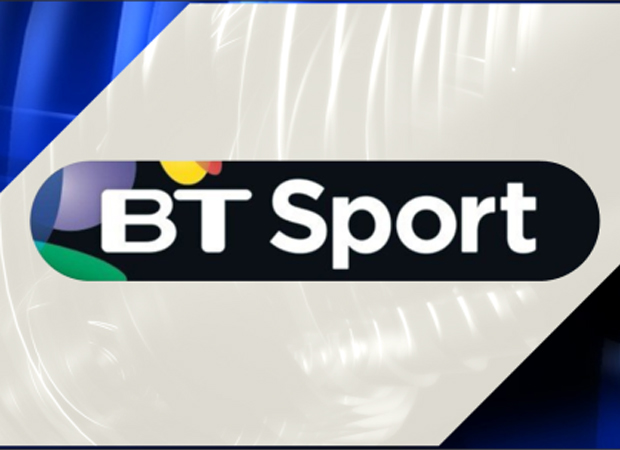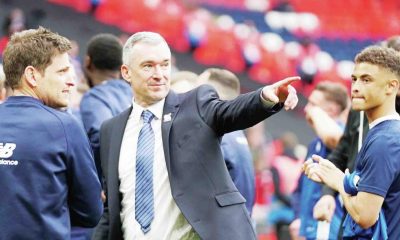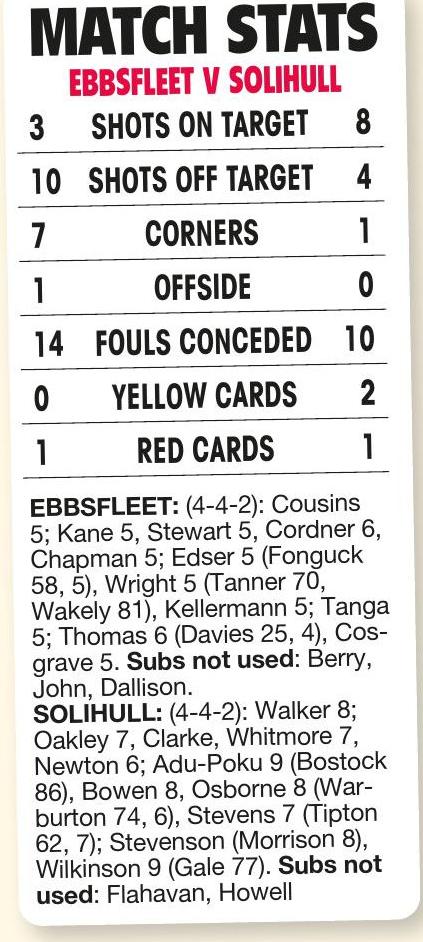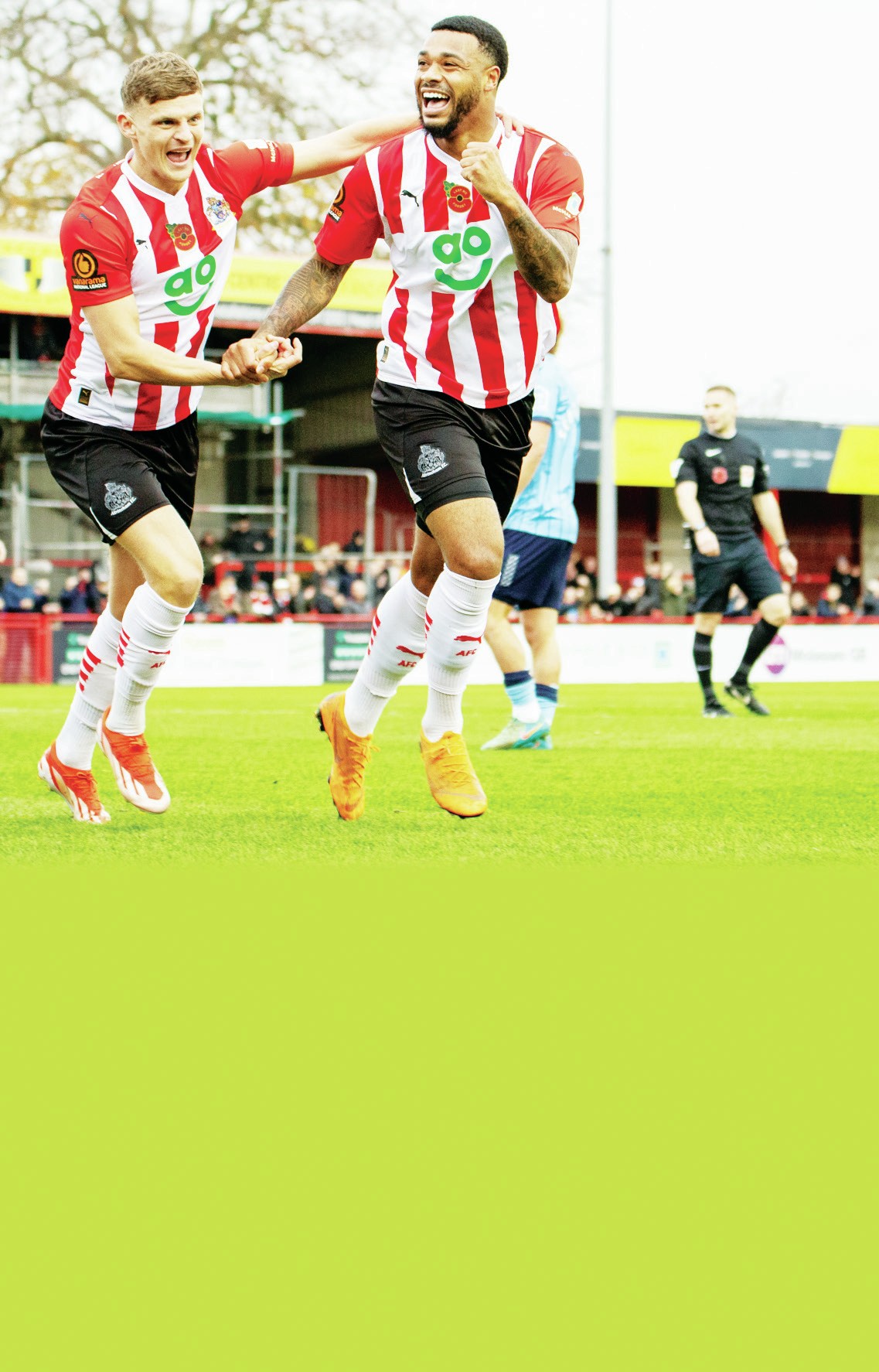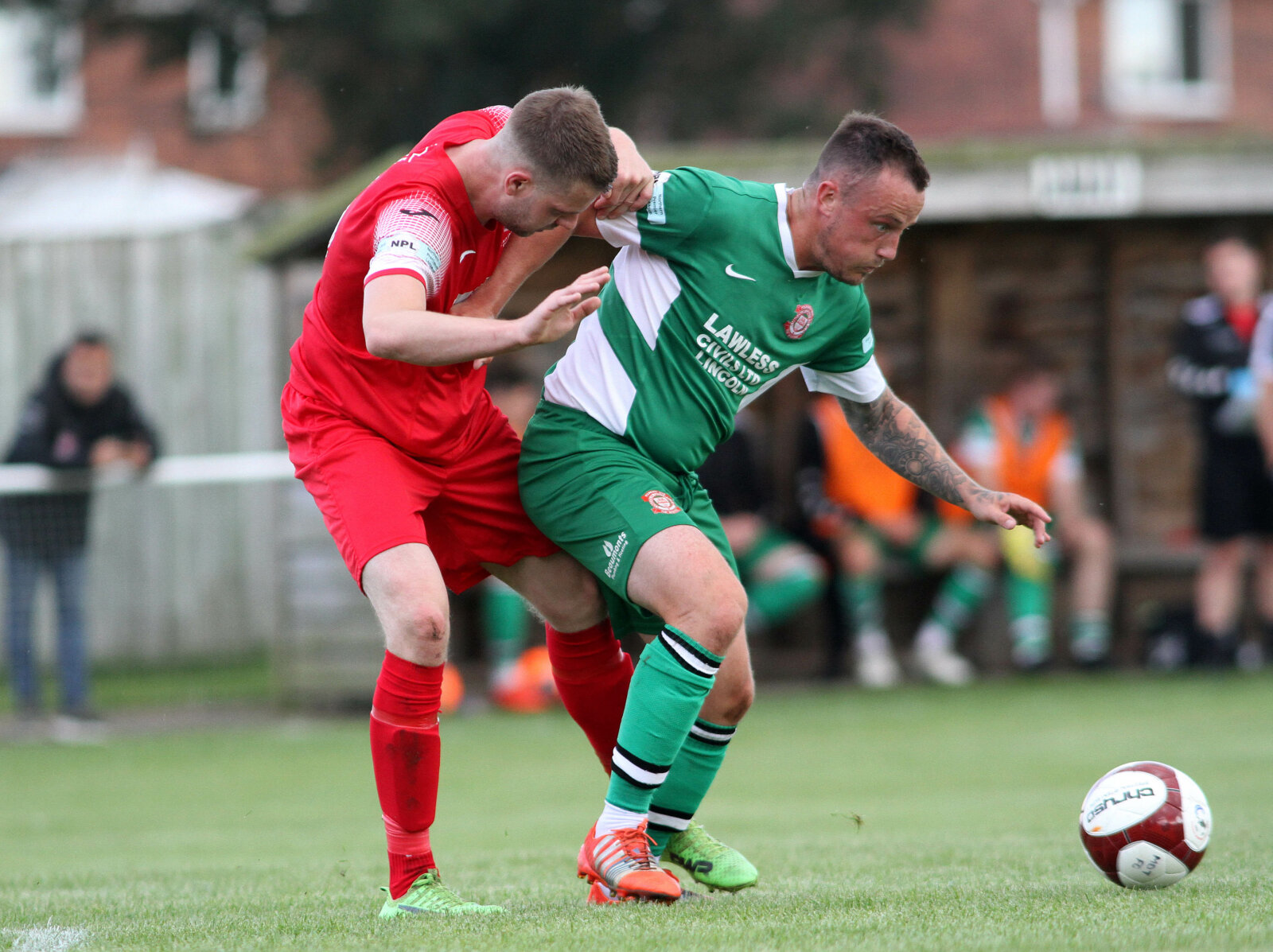
By Mark Harris, chairman Northern Premier League
Null and void. Points-per-game. Season extensions. It seems that we’ve talked of little else over recent weeks. Depending on your viewpoint, you will either be satisfied or outraged with the outcome. But where do recent events leave the National League System?
Right now, the long term impact of the lockdown on non-league football are unknown. We don’t know when next season will start, who’ll be playing where, or how prolonged inactivity will impact clubs’ finances. It’s illogical to think that the National League System itself will be immune to change. The question is what we want those changes to be.
The NLS is unique. No other country in Europe has one. Yet this jewel in football’s crown is consistently under-valued, especially within the game. Whilst some have wealthy owners willing to fund a club to punch above its weight, most rely on matchday income, sponsorship and community activities.. Making ends meet is a constant struggle for the majority, yet our level of the game is grossly under-funded.
Non-league football is the meat in football’s sandwich. The professional game is awash, whilst county FA’s have access to funding denied to leagues in the NLS.
League 2 clubs receive £ millions in solidarity payments and broadcasting fees. A club relegated to the National League receives significant parachute payments for 2 years plus solidarity payments, broadcasting and sponsorship totalling between £30,000 – £100,000 depending on whether they are at Step 1 or 2. At Step 3, central funding amounts to a fifth of that, with that amount halved again at Step 4.
Football’s wealth is allocated according to where you sit in the food chain and these figures demonstrate the huge gaps between different levels in the NLS. The argument for this approach is the big teams attract the sponsors, and therefore receive the lion’s share of the rewards. The problem is that, in non-league, the tail end of the food chain is being starved.
A few years back the Premier League set up a trust to support the kind of community activities that many non-league engage in. Whilst the National League has been able to drawn down funds for their clubs, applications from the Northern Premier, Isthmian and Southern Leagues were turned down. A great opportunity to close the funding gap was lost.
We’ve come a long way in the twenty years since the National League System was created. Its original purpose was, and is, to enable a club to progress from park to professional football, subject to meeting financial, facilities and governance criteria. There have been some casualties along the way, but the result is a community of 1,657 football clubs from Morpeth to Falmouth.
A joined-up structure demands consistency between leagues in just about everything. In theory, Notts County, Chesterfield, Wisbech and Kendal Town are subject to the same set of rules. In practice they inhabit different worlds.
Recent events have shown that the gulf between the biggest and smallest clubs in non-league football makes that consistency impossible. The debate over terminating the 2019/20 season showed that, although a minority of clubs could afford to wait for the season to be re-started, most could not.
The National League is so professional that they are closer to the EFL than the rest of non-league in terms of the number of full time clubs, membership criteria and outlook. It’s all great stuff, but it’s not non-league.
Non-league football takes place on Saturdays and Tuesdays, with training on Thursdays. Players, managers and coaches are part-time. Clubs are run by volunteers. Their income comes through turnstiles, bars and tea huts; from local communities through use of club facilities and from generous donations.
Broadcasting revenues are nice to have. The downside is that clubs quickly become reliant on that income. Professional clubs have to dance to the broadcasters’ tune. Non-league football is about financially robust clubs serving their local communities.
In its present form, the NLS enables a club, subject to desire and capacity, to progress from park to pro soccer. The problem is that, over time, the gaps between each level in the pyramid have been wider and harder to broach. Not every club wants to invest in facilities to achieve a level their business cannot support. If they do, the investment required should not be disproportionate to the benefits promotion brings.
We already have a pyramid structure in the National League System. Now, we need for the levels in that structure to be more evenly spaced and properly funded. Club licensing is forcing clubs to prioritise responsible management with off-field development. Going forward, lack of funding and greater financial realism post-Covid may force some clubs to compete at a lower level, or to leave the NLS altogether. The inevitable shift in emphasis from quantity to quality could result in a smaller, more agile NLS. As the old saying goes, the whole is greater than the sum of its parts.
If anything positive comes out of the pandemic, I hope it is a greater sense of realism amongst chairmen, directors, managers, players and fans. Expectations have to be lowered in terms of wages players expect and contracts available. Fans’ expectations from their clubs needs to be more realistic too; pressuring the chairman to ‘show ambition’ can end in tears.
Clubs and fans need to look after their sponsors too. There’s wasn’t a long queue of companies wanting to invest in non-league football pre-Covid; that queue is now even shorter. So look after what you have; under-promise and over deliver. Businesses need a return on investment.
Whatever the post-Covid future looks like, the National League System will continue. There is only one NLS, but to preserve it, we may need to take a fresh look at its membership and ethos.




